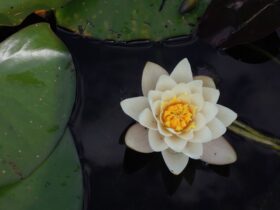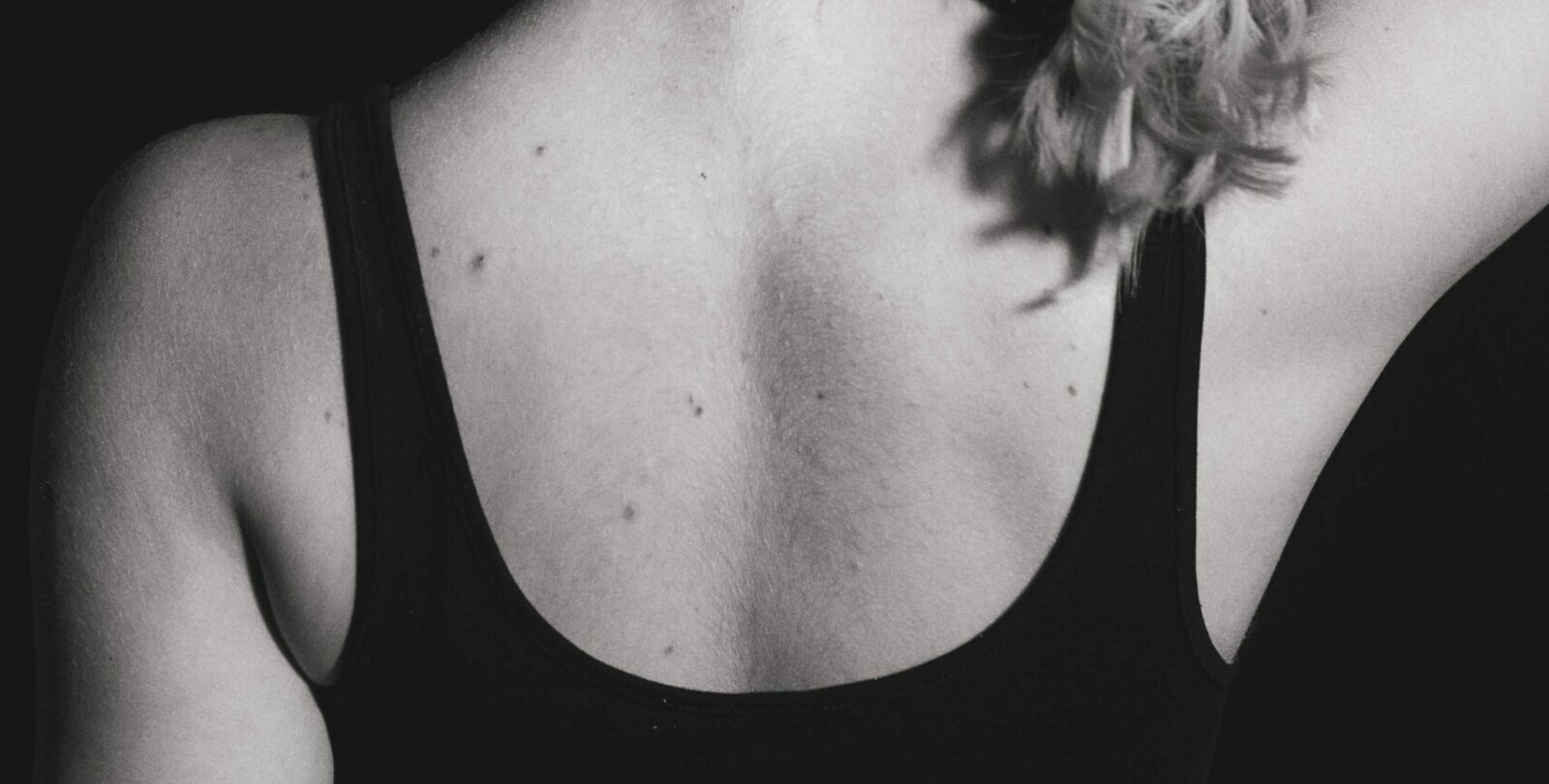Cherry angiomas are a type of benign tumor. However, most of the time, these red moles are not harmful. What is an angioma, then? This small type of tumor is basically an overgrowth skin formed from capillaries. A cherry angioma is one of the most common kinds.
These lesions affect mostly people over 30; however, some children can also develop them. Since it affects adults, it is also commonly known as senile angiomas. It is quite strange that they increase as we age, but it happens, and it is more common than you may think. According to a study, it occurs in almost 50% of adults. These lesions commonly appear on the chest, stomach, and back in groups.
When to Worry About Cherry Angiomas
Although most of the time, cherry angiomas are not harmful, there are a few special cases when you should at least consider checking in with your doctor. For example, if you get a sudden outbreak of several red moles. Remember, other types of angiomas can affect your health.
However, do not worry too much; it happens in rare cases. Sometimes, a spider angioma can signal something is wrong with your liver. If these lesions start to bleed, feel uncomfortable or change their appearance, seek medical attention. Even if most of these red spots are harmless, some feel uncomfortable having them. However, your can get rid of them through a few methods.
Cherry Angiomas vs. Spider Angiomas
The difference between the two is in shape and size. While cherry angiomas are red, small, and round with a flat top, spider angiomas have reddish extensions. Spider angiomas are similar to spider’s web. However, compared to cherry angiomas, they lose their redness when you apply pressure on them.
Although they are pretty common, experts don’t know the cause yet. Some scientists believe it has something to do with genetics, but nothing concrete so far. What we do know is that they increase in number as we age, especially over 40 years.
Methods to Get Did of Cherry Angiomas
The reason why some people want to get rid of them is purely cosmetic. Since they don’t pose any threat to life, they can easily be removed via various options.
Excision
Although it wouldn’t be my first option, you can remove the lesion through excision. The doctor will apply a local anesthetic and proceed to cut or shave the mole-like skin growth. However, there is a risk of being left with a scar instead. Also, no the most comfortable experience.
Electrodesiccation
This method includes burning the lesion. The doctor will use an electric needle to get rid of the blood vessels and then scrape off the overgrowth skin. You can feel uncomfortable after this procedure, and the scar left looks like a small white spot.
Laser removal
You may be more familiar with this method. Laser removal should do the trick effectively. However, in some cases, you will need more than one treatment. After you successfully finish the treatment, the lesion will fade away after two or four weeks. Ask your doctor for further instructions on how to treat the spots. You should avoid sun exposure for about a month before the treatment and two weeks after the procedure.
Cryosurgery
This method includes freezing the extra skin. With the help of a special spray or swab, the doctor will freeze the angioma. However, it is not as effective as the rest of the methods. In some cases, it could scab before removal.
Conclusion
Lastly, do not attempt to remove cherry angiomas on your own. First of all, it can be very painful. Remember dermatologists apply local anesthetic for this procedure. Secondly, you risk infection and further scaring.
Apple cider vinegar, iodine, or tea tree oil are known to decrease the size of cherry angiomas. However, there are no scientific records to support these natural remedies.























Leave a Reply